On California, the drought and the ‘yuck factor’
Although hydrologists say California has emerged from its most recent drought, how cities get their water is weighing on the state’s experts — now more than ever.
David Sedlak, a professor of civil and environmental engineering at UC Berkeley, says our urban water infrastructure, mostly built after World War II as California underwent massive development, needs a major upgrade in order to keep our cities thriving well into the future.
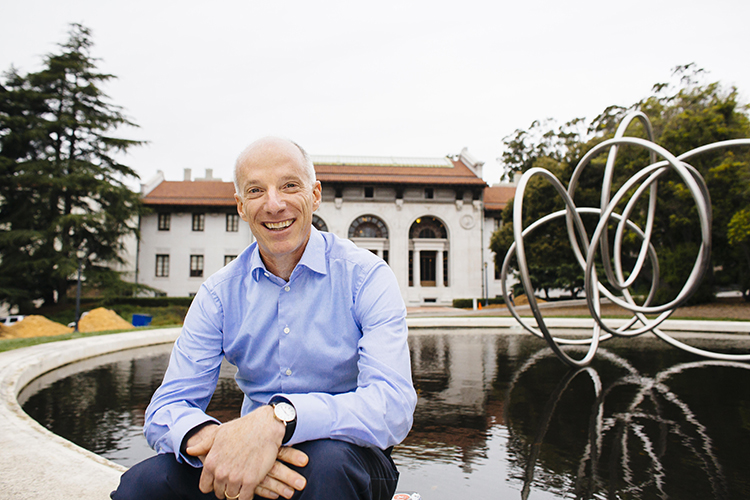
“When you think about how we use water in the West, our cities are the lifeblood of our economy,” he says.
Sedlak — also the deputy director of Reinventing the Nation’s Urban Water Infrastructure (ReNUWIt), an National Science Foundation-funded engineering research center, and co-director of the Berkeley Water Center — has been working with scientists across the country to find new ways to make our water systems more sustainable. He is the author of Water 4.0: The Past, Present, and Future of the World’s Most Vital Resource.
Berkeley News spoke with Sedlak about new technologies being developed to recycle water, capture storm water and use water more efficiently, and how each of us can help in the effort.
Berkeley News: What is the current state of our urban water infrastructure in the U.S.?
David Sedlak: Our water systems bring water into our cities from great distances, and that means we need lots of infrastructure — dams, reservoirs, treatment plants and pipes. Over time, those systems need to be replaced, and we haven’t been spending enough money replacing them. We’re talking about systems that are typically 60 to 80 years old. We’re faced with a challenge now: We can either replace the systems with what was there before, or take advantage of advances in technology to create water infrastructure that will be more sustainable, resilient and cost-effective.
What sort of technologies are being developed?
In California, we’re starting to recycle our wastewater effluent — the stuff we flush down the sewer, that comes out of our washing machines and goes down the shower drain. We can take the water that comes from a sewage treatment plant, and instead of discharging it into our rivers, bays and the ocean, we can put it through an advanced treatment plant that uses reverse osmosis and ultraviolet light, coupled with hydrogen peroxide, to break down any chemicals or pathogens that got through the previous steps of the treatment process. We can turn what used to be useless wastewater into a new drinking water supply. That means we’re taking less water out of the environment and leaving more water for fish and other ecosystem functions. This process is called potable water reuse.
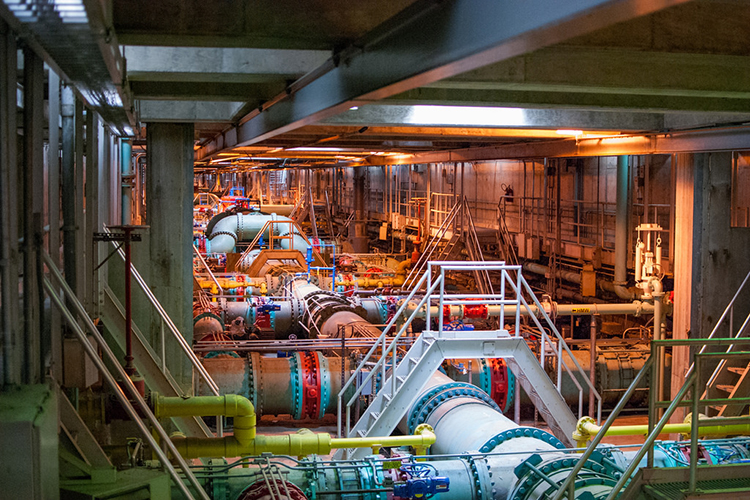
Are these water recycling systems already being used in the state?
There are several of these advanced treatment plants in California. The oldest and best-known project is located in Orange County. There are several more in the Inland Empire region of Southern California. San Diego has yet to build one, but they’re well on their way. The Bay Area’s big players in potable water recycling are the Santa Clara Water District and the South Bay. They’re assessing the feasibility of water recycling. It’s likely they’ll have a potable recycling project up and running in the coming decade.
What is the public’s reaction to these advanced treatment systems?
Sometimes when you talk to people, they say, “Well, I don’t want to drink my sewage — that water was in the toilet, that water was in the washing machine. It’s not something I want to drink.” It’s often referred to as the “yuck factor.” But when the water goes into the environment, that connection between waste and water supply is broken. Managed natural systems, such as constructed wetlands or reservoirs, can break the connection and make the idea of recycling wastewater more palatable.
Can you describe these wetlands, and their benefits?
Wetlands are used as a low-cost way to purify wastewater. The first generation of treatment wetlands were just these places that would form wherever the treated wastewater was released back into the environment. And if that wastewater wasn’t entirely clean, the plants and the microbes in the wetland would help clean it up by removing any nutrients that were left over, or metals or trace organic chemicals. But as people have started to pay more attention to these wetlands, they’ve come to recognize that they can be designed or engineered to improve their performance and make the water even cleaner.
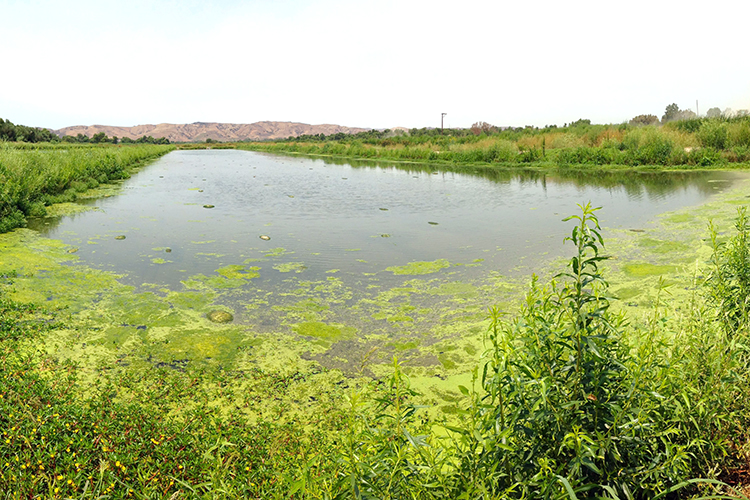
Where in the state can you find these constructed wetlands?
The constructed wetlands that we’ve spent the most time studying is a system in Riverside County on the Santa Ana River called the Prado Wetlands. That system is used to purify the water, in particular to remove nutrients or chemicals or bacteria and viruses that remain in the water after going through the conventional treatment process. Microbes that live attached to the plants or in the sediments break many of them down and turn them into carbon dioxide and water. In many cases, sunlight that shines on the water breaks them down.
There are other treatment wetlands that have been built around California, but most of them are considerably smaller. We’re currently in the process of conducting experiments in support of several different types of wetland treatment systems that are being considered in the Bay Area.
What types of contaminants are found in water after being conventionally treated?
All wastewater in California goes through the conventional sewage treatment process, which looks, for all intents and purposes, relatively clean. But it’s not safe enough to drink and, in many cases, it could damage the environment if it is not diluted by water from cleaner sources.
I think the key question is, “Are the concentrations of any of the of these contaminants high enough to cause problems?” When it comes to the environment, the first big surprise came about 20 years ago when researchers found that very small amounts of ethinyl estradiol — the active ingredient in the birth control pill — were present in wastewater in concentrations that were high enough to affect fish. In this case, the concentrations were about a part per trillion, which is an incredibly tiny amount, but it happens that certain fish are very sensitive to these hormones because they play a role in their metabolism and development. These tiny amounts were enough to change the phenotypes of the fish, causing the male fish to exhibit female characteristics. And that really affects their ability to reproduce. It can cause a population to crash.
There are other chemicals in wastewater that might affect other aquatic organisms. It’s a little less clear whether or not there’s an effect because there’s so much going on when you look at animals in the wild. There’s evidence that some of the drugs that are used in human therapy can be accumulated in fish. There are laboratory studies that show they can affect the behavior or metabolism of the organisms.
Will climate change affect the country’s water supply?
Yes. Here in California, by the end of the 21st century, we are going to have a lot less snow in the mountains. Our snowpack holds about 30 percent of the water that we use over an annual cycle. Many cities in the West rely upon snow to store the water. And as it gets warmer, the snow is not going to be there. So we’ll have to adjust our system to losing this important form of water storage.
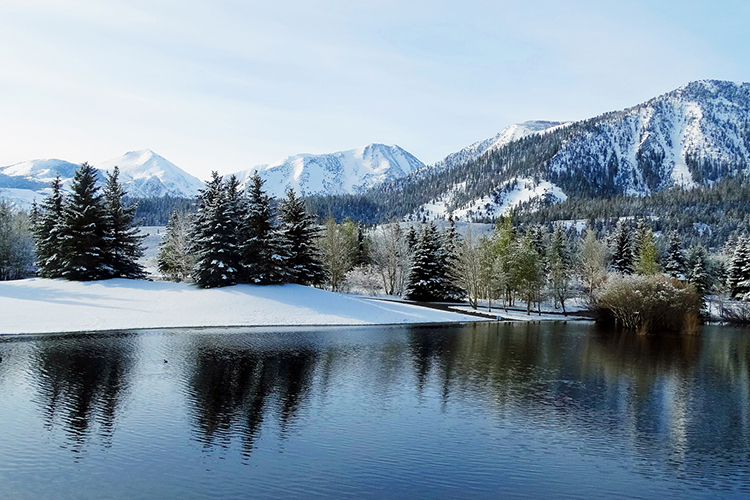
Another thing is the types of droughts that we’ve just experienced here in California may become more frequent. If that’s the case, we’re going to have to find ways to supplement the reservoirs that will go dry. We might have to find ways to use groundwater more efficiently. Or store more water to ride out the kinds of droughts we’ve just experienced.
It’s been said that Americans don’t plan ahead for eventual calamities, like the big earthquake expected to strike the Bay Area. Is this true for the drought?
Well, I think the difference between a drought and an earthquake is that a drought is a slow-moving phenomenon. We’ve just come through a drought that lasted seven or eight years and you can see that we were just starting to get focused on what to do about it. On the bright side, a drought is something that slowly ratchets up and as people become more and more aware of it, they are able to spend more time and effort trying to address it. But the problem is the kinds of solutions that are needed to deal with the drought often require a long time to build, so it’s hard to build a new water supply over night. It’s something that takes decades. If you’re forced to do it in short amount of time, it’s going to be a lot more expensive and it might not be what you need in the long term.
What I’m happy to see is the state of California is using the drought as a reason to think about the future. So what we keep hearing from the governor’s office is that the drought may have ended, but that doesn’t mean the crisis is gone. Maybe the drought was fortuitous. Maybe it was something that helped people focus on the longer-term investments that are needed to get through the century.
What can we do as individuals?
I think we can all do a lot as individuals here. For most of us in California, the majority of our water use happens outdoors. One of the biggest choices we make is how we landscape our land. So, if you’re a homeowner and you have property, you can make a tremendous difference by switching from a lawn or water-consuming plants to plants that don’t require as much water. But even people who live in apartments or live in dense cities can make a difference. There are all kinds of plumbing fixtures available on the market now and we can change our habits to save water. It’s a gradual process, and we’re slowly changing our ways.
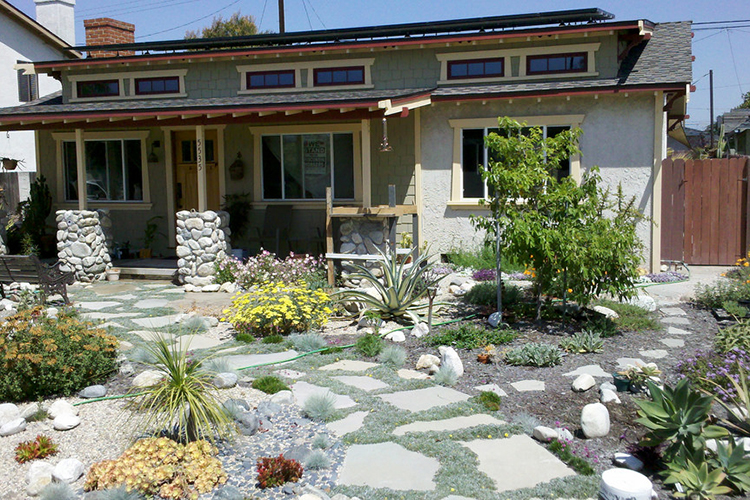
What sort of water-conserving devices are on the market on the horizon?
You can buy a recirculating shower where first you wash yourself, then you push a button and that relatively clean water that you’re showering in can be recirculated back around, maybe heated up a little bit, and then you can take a shower as long as you want without feeling super guilty about draining the reservoir. But very few people currently own them in California.
You can also buy a vacuum toilet — the kind of toilet that they use on airplanes — but most people are not interested. They think it’s too complicated or they don’t see a potential benefit to them. We’ll see. Maybe some of the early adopters who want to show off how green they are to their friends will adopt these coming technologies and help pioneer a new industry.
The Trump administration is pulling the U.S. out of the Paris climate agreement. Do you think that’s going to stall progress in reinventing our urban water infrastructure?
California seems to be going its own way with respect to the environment. I can’t imagine how we are going to stop making progress with or without the support of Washington. I am more concerned about other parts of the country. It’s kind of surprising to many people to learn that Florida, Virginia and Georgia are worried about water shortages. It’s tough to bring along the public and the elected officials when they keep hearing there’s no such thing as climate change or that our infrastructure doesn’t need more investment. So there are reasons for concern on the national level when we turn our backs on potential water shortages in the future or dismiss climate change or investments in infrastructure because they’re not on the front of everyone’s mind. That’s the kind of thing that concerns me.
